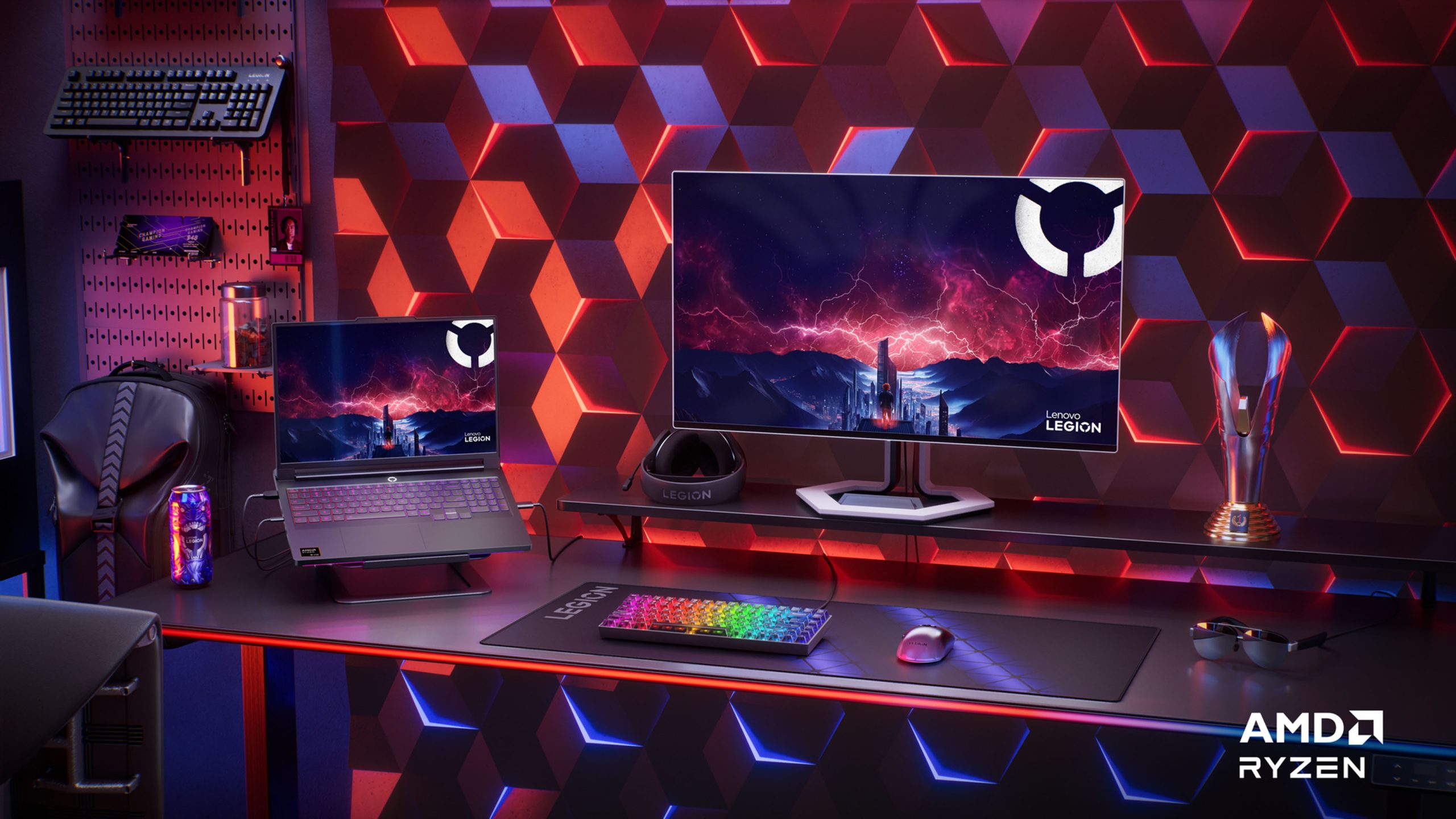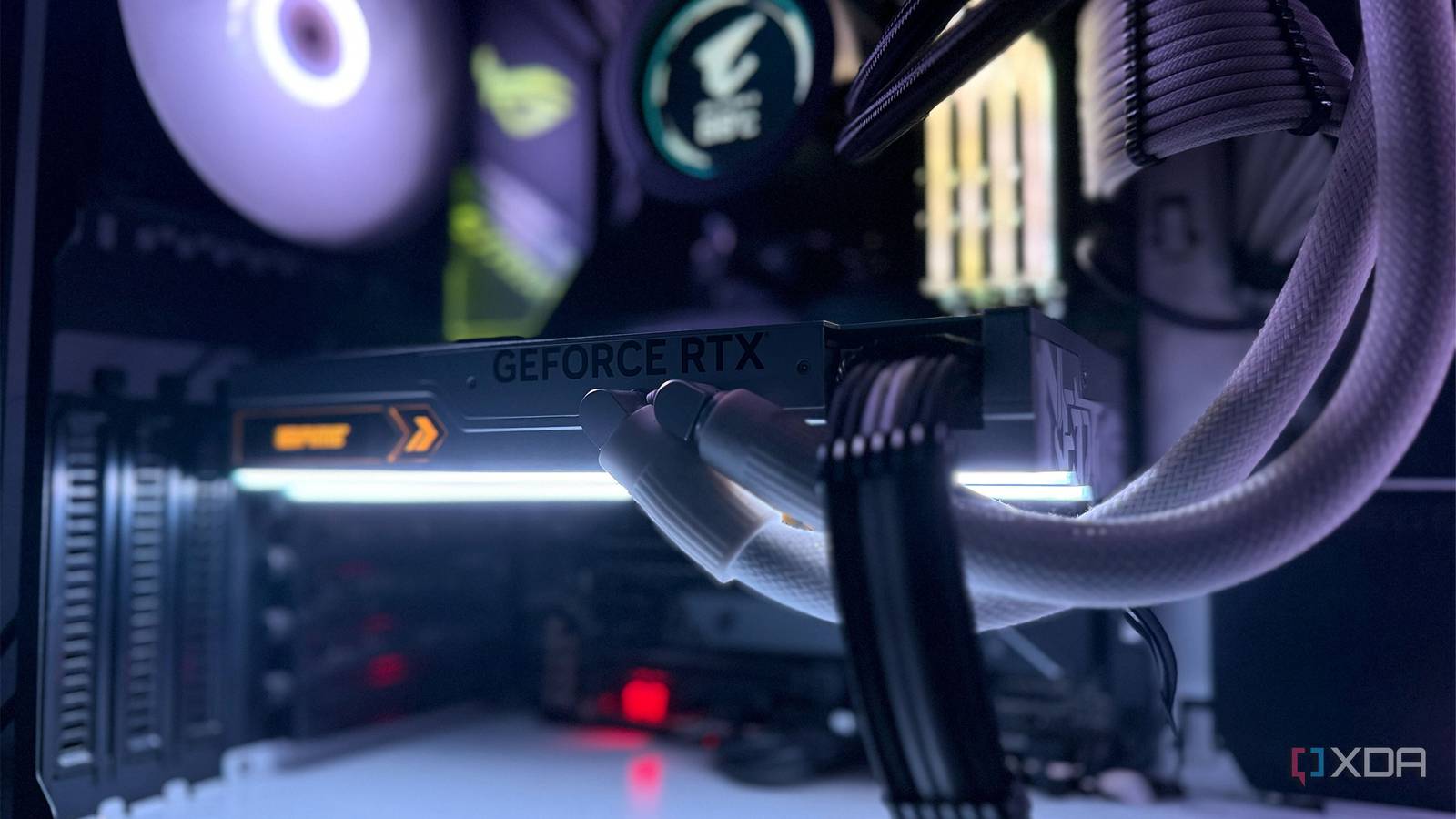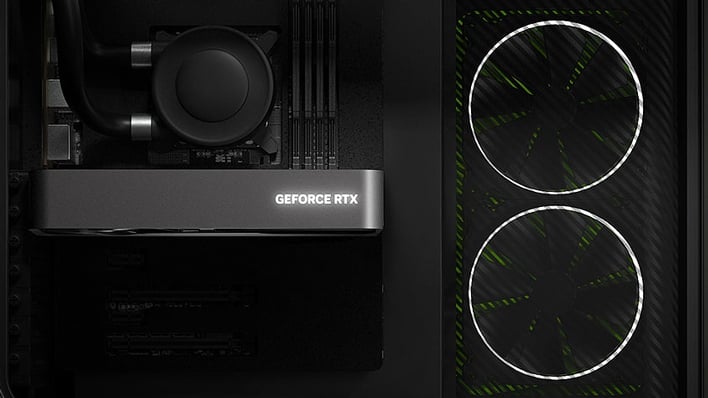GPUs
U.S. Bust Snares Duo Behind Secret GPU Pipeline Feeding China’s AI Factories

U.S. Agents Nail Smugglers in $25M GPU Pipeline to China
Imagine a high-stakes game of cat and mouse, where the prize isn’t gold or jewels, but the beating heart of artificial intelligence—top-tier graphics processors. A notorious smuggling ring has been uncovered, slipping these prized tech components to China, right under the nose of U.S. law. Authorities have now slammed the brakes on this high-tech heist, with two young operators in handcuffs. But how deep does this plot go, and what does it mean for global tech warfare?
What’s Happening?
U.S. federal agents have dismantled a smuggling operation that funneled $25 million worth of high-performance GPUs to China, defying strict export restrictions. Two Los Angeles residents, both in their 20s, were arrested as kingpins of this illegal pipeline.
Where Is It Happening?
The arrests occurred in Los Angeles, California, with the smuggling network allegedly operating across multiple jurisdictions and violating U.S. export laws.
When Did It Take Place?
Rumors of the smuggling operation were circulating in recent months, and the arrests were made within the last few weeks, though specific dates have not been disclosed.
How Is It Unfolding?
- The smugglers sourced state-of-the-art GPUs, crucial for AIådvancement and military applications
- They reportedly used shell companies and fake invoices to evade detection
- The illegally exported GPUs were likely destined for China’s growing AI sector
- Authorities are now probing if the duo had help from larger networks or foreign selectors
Quick Breakdown
- GPUs worth $25 million smuggled to China
- Two suspects arrested in Los Angeles
- Violations caught under the Export Control Reform Act
- AI and military-grade tech were being diverted illegally
Key Takeaways
This bust shines a spotlight on the shadowy world of tech smuggling, exposing the lengths to which some will go to bypass export controls. GPUs are the lifeblood of modern AI and military tech, making them prime targets for illegal trade. Authorities now face the challenge of tightening scrutiny on these valuable components to prevent further breaches. If powerful actors—even seemingly small-scale operators—can bypass regulations, what does this mean for global technological competition?
It’s like trying to sell a bottle of water in the desert, but the thirst is for innovation—a tricky game of conceal and divulge, where the price of failure is falling behind.
The challenge isn’t just about catching the smugglers; it’s about understanding how this slipped through the cracks in the first place.
– Lisa了Harding, Cybersecurity Analyst
Final Thought
The bust of this GPU smuggling ring is a wake-up call in the escalating tech cold war. Authorities must reassess the vatiorilities of their export controls as cutting-edge tech becomes a coveted commodity. With AI and military advancements hinging on such components, every loophole represents a potential risk to national security.



















